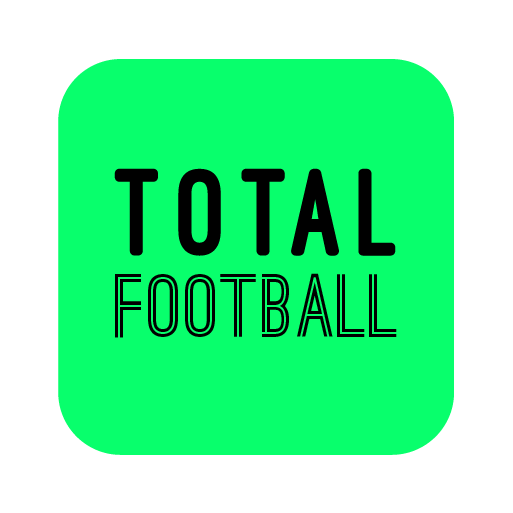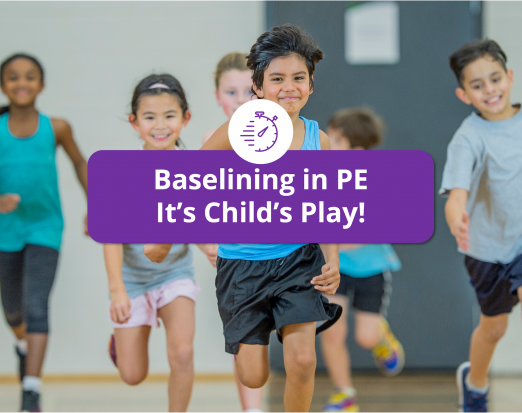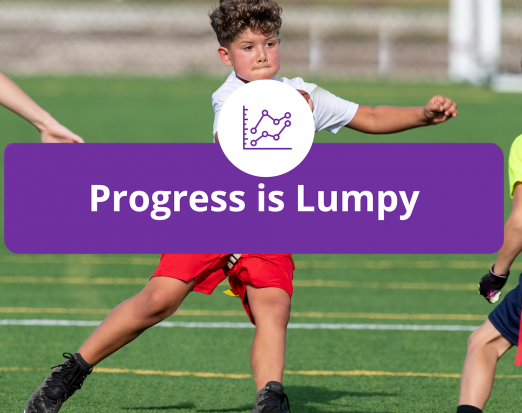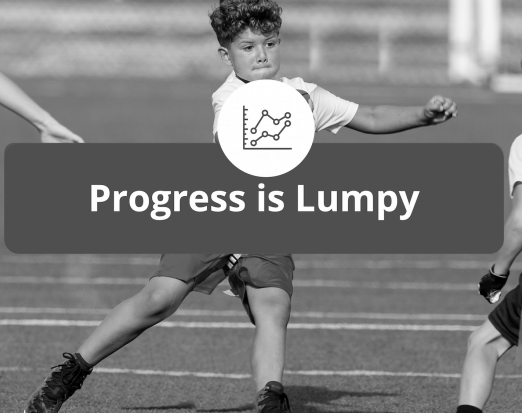The Need For Speed
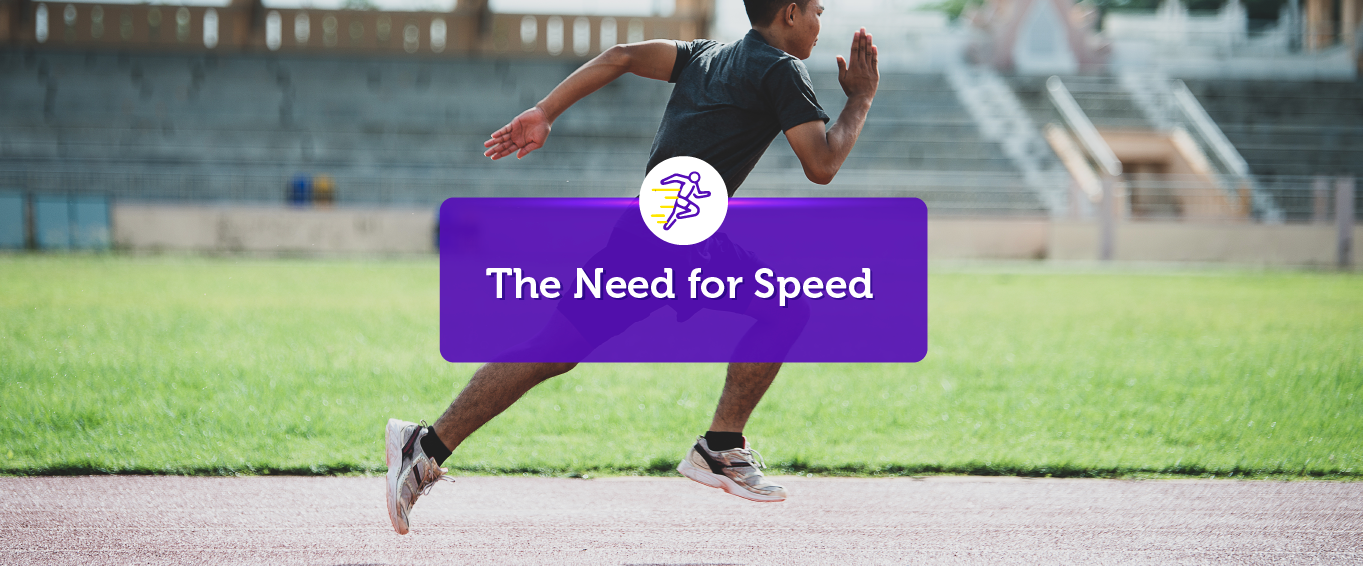
Who Needs Speed?
Speed is critical for success in many sports, obviously, those that participate in race sports such as swimming, cycling and sprinting rely on Speed more than most, however there are lots of other sports that also require Speed.
Athletes that participate in Court Sports, such as badminton, tennis and squash, also rely on Speed to allow them to cover the distances on the court to be able to play the next shot, Combat sports, such as boxing, also require Speed to ensure that athletes can move in and out of the range of their opponents, to launch attacks and maintain safety, whereas Sports such as cricket and baseball, require Speed when fielding and making runs.
Speed is also important in most team sports, think of footballers getting to the ball first or running away from defenders, Wide Receivers in American Football, running beyond the defensive line to make catches along with many other sports.
Speed is a really important component of fitness, that is needed in a long, long, list of sport and physical activities.
Are all types of Speed the same?
The basic concept of Speed always remains the same (how fast something or someone moves), however, there are different types of speed.
- Acceleration Speed: This is a constant change of speed, and very important for sports such as Football, think about Ronaldo, bursting past a player. Acceleration Speed considers how quickly you can move from a standing start, it is important to note that maximal speed may not always be reached in these sports all the time.
- Maximal Speed: This is the maximum speed that an athlete can reach and sustain. This normally happens 3-5 seconds after a stationary start. (Really important for Sprinters – Think Usain Bolt in the 100m!).
- Speed Endurance: This is the ability to maintain speed over longer distances for a sustained period of time (usually over 5 seconds) or to start sprinting again, even though you may not have recovered from an earlier sprint. This is also really important for wide players, such as full backs. Think of Kyle Walker or Trent Alexander Arnold, needing to get up and down the pitch quickly.
- Change-of-Direction Speed: This is crucial in most positions. This is usually a combination of agility and acceleration speed.
But, How do you get Faster?
To develop speed, research suggests that athletes should train Strength and Power to provide the foundation required for Speed.
- Develop the Fundamentals: For younger children, unstructured play that centres around the fundamental movement skills (specifically, running and jumping) can provide children with basic speed, strength, power and agility development, it will also help provide young children with the skills required to move quickly at a later date.
- Strength Training: This improves the athlete’s relative strength, which can be transferred into improving maximal speed. As such this will allow the body to move quickly and to be more “stable” through the change of direction. You can see examples of Strength Specific Activities. Younger players will develop strength through bodyweight exercises, such as prisoner squats before more resistance based activities after players peak height velocity (growth spurts), such as Goblet Squats.
- Incorporate Power Training: Encouraging Explosive Movements will help vary the velocity of movements and will increase the optimum velocity over time as neuromuscular adaptations take place. Explosive movements can be encouraged through resistance training, but also through your plyometric training.
- Sprinting is a Skill: Practice the movement patterns correct and improve your sprinting form will support with movements becoming more effective, this includes;
- Hold your torso straight and vertical.
- Hold your head still but relax your face and neck.
- Bend your elbows at 90 degrees.
- Pump your arms so your hands travel from “hip to lip”, and keep your arms close to your sides.
- As you pump your arms, keep your shoulders steady but relaxed.
- With each stride, lift your front knee high (“knee drive”) and straighten your back leg completely to deliver full power.
- At the start of your sprint, keep your strides short and quick. Lengthen your strides as you gain speed and momentum.
- Sport Specific Training: Add some context to your training, using Speed in your Technical Practices can support the athletes feelings or using speed effectively, ready for competition.
- Use Plyometrics Drills: Plyometric training are performed in an extremely fast and explosive manner. They are designed to continually work the muscles through differing lengths, which will support strength and power development, which in turn will help increase speed. Start with bounce plyometrics, before developing into bounding type plyometrics.
Although the guidance above will help you to develop speed, it is also important to follow our top tips for Speed Training below.
Be Well Rested: Tired, sore muscles find it very difficult to adapt to speed training. Ensure that you are fully rested and are not feeling the effects of previous training or competition (We will be looking at rest and recovery in a few weeks).
Warm Up Properly: Warm-ups should include light movements that encourage the body to increase in temperature, by raising the heart rate and breathing rate steadily, before raising the intensity further until close to the intensity that you are about to work at.
Recover During the Session: If you are doing repeated sets, or sprints, allow enough recovery time in between to ensure that the training you are doing is of a high-quality standard. As a general rule, there is usually a 1:4 – 1:6 work to rest ratio. E.g. If you are working for 5 seconds, a 20-30 second rest is required before the next 5 seconds of work. If you are working on Sprint Endurance, less rest or longer intervals can be used.
Our Sports App’s will provide you with specific activities to develop your Speed, however, we also help players focus on Strength, Power, Agility, Coordination and Sport Specific Skills, supporting athletes not only develop the physical side of their game, but allowing them to do so, with some sporting context resulting in improvements in competition for all athletes.
Keep practicing, keep working hard – improvement is a journey, but we are here to support you, every step of the way, so check out some of our Sports Apps below, to see how we can help.
Want to become a better footballer?
Our Sports Apps below can help
The Total Football App, is designed to support players of all ages and skill levels. It is the only Football Coaching App that integrates 5 phases of skill acquisition and long-term athletic development, meaning that all sessions and activities are designed to meet your current skill level whether you are just starting out, or are an experienced academy player. All our turning sessions are designed by UEFA Qualified Coaches and are supported by further sessions in:
Ensuring that players aren’t just practicing but are practicing with the highest quality. We also have a range of physical development practices, healthy lifestyle sessions, and psychological tips to help develop the total footballer. If your child needs help developing their turning, or any part of their game, you can try the app for free now!
